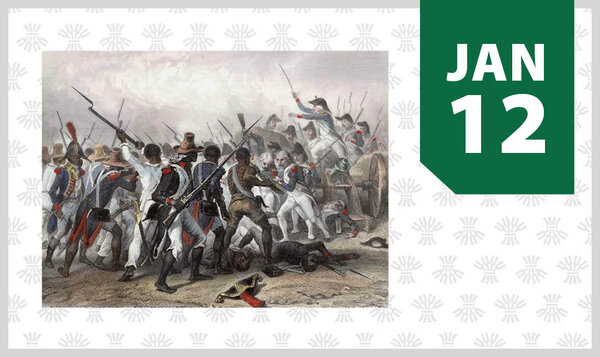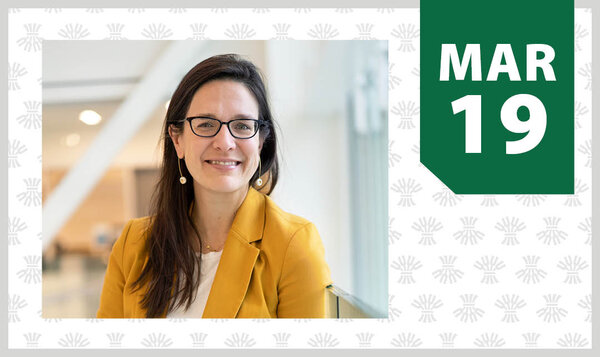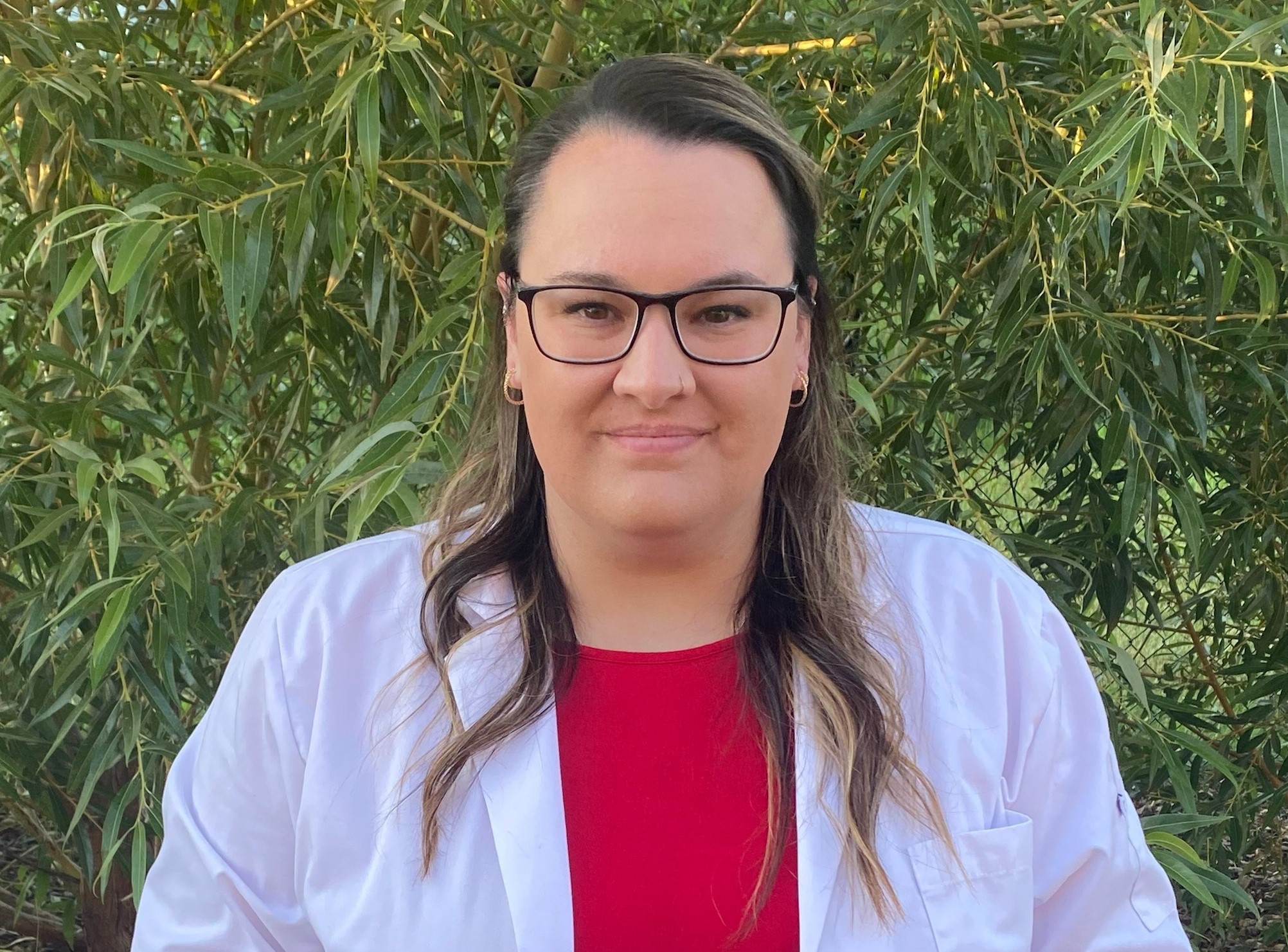
Studying rheumatoid arthritis in modern-day patients may shed new light on disease’s past
Taylor Eagle, a USask graduate student, is examining tibial plateaus with the goal of better identifying rheumatoid arthritis in archaeological populations
By Shannon Boklaschuk
A University of Saskatchewan (USask) graduate student is studying specimens from knee replacement surgeries in modern patients with rheumatoid arthritis (RA) to better understand the history and progression of the disease in the past.
“If we can establish a set of criteria which would make it easier to identify RA in archaeological populations, it would allow us to glean unique insight into how the disease progressed and presented throughout time,” said Taylor Eagle, who is pursuing a master’s degree in archaeology under the supervision of Dr. Angela Lieverse (PhD) and Professor Emeritus Dr. Ernie Walker (PhD) in the Department of Archaeology and Anthropology in USask’s College of Arts and Science.
“Given the difficulty of diagnosing RA from skeleton remains, there is a huge gap in our understanding of how RA influenced life in the past,” said Eagle.
RA is an autoimmune disease that affects the synovial joints of the body. Although researchers believe the medical condition was present in ancient times, it is notoriously difficult to diagnose in archaeological populations.
Chronic inflammation is triggered in the bodies of people living with RA when their immune systems mistakenly attack their synovial joints, resulting in damage to the cartilage that lines the joints and, eventually, the underlying bone. Eagle noted that individuals with RA commonly have osteolytic lesions—localized areas of bone loss—that result in the thinning of the underlying bone or the complete disintegration and erosion of the bone matrix.
As part of her master’s degree research, Eagle is examining the tibial plateaus of modern-day patients living with RA with the aim of better understanding how the disease may have impacted people in ancient times. The tibial plateau is the flat top portion of the tibia, also known as the shin bone, which articulates with the bottom portion of the femur and the patella, also known as the kneecap, to create the knee joint.
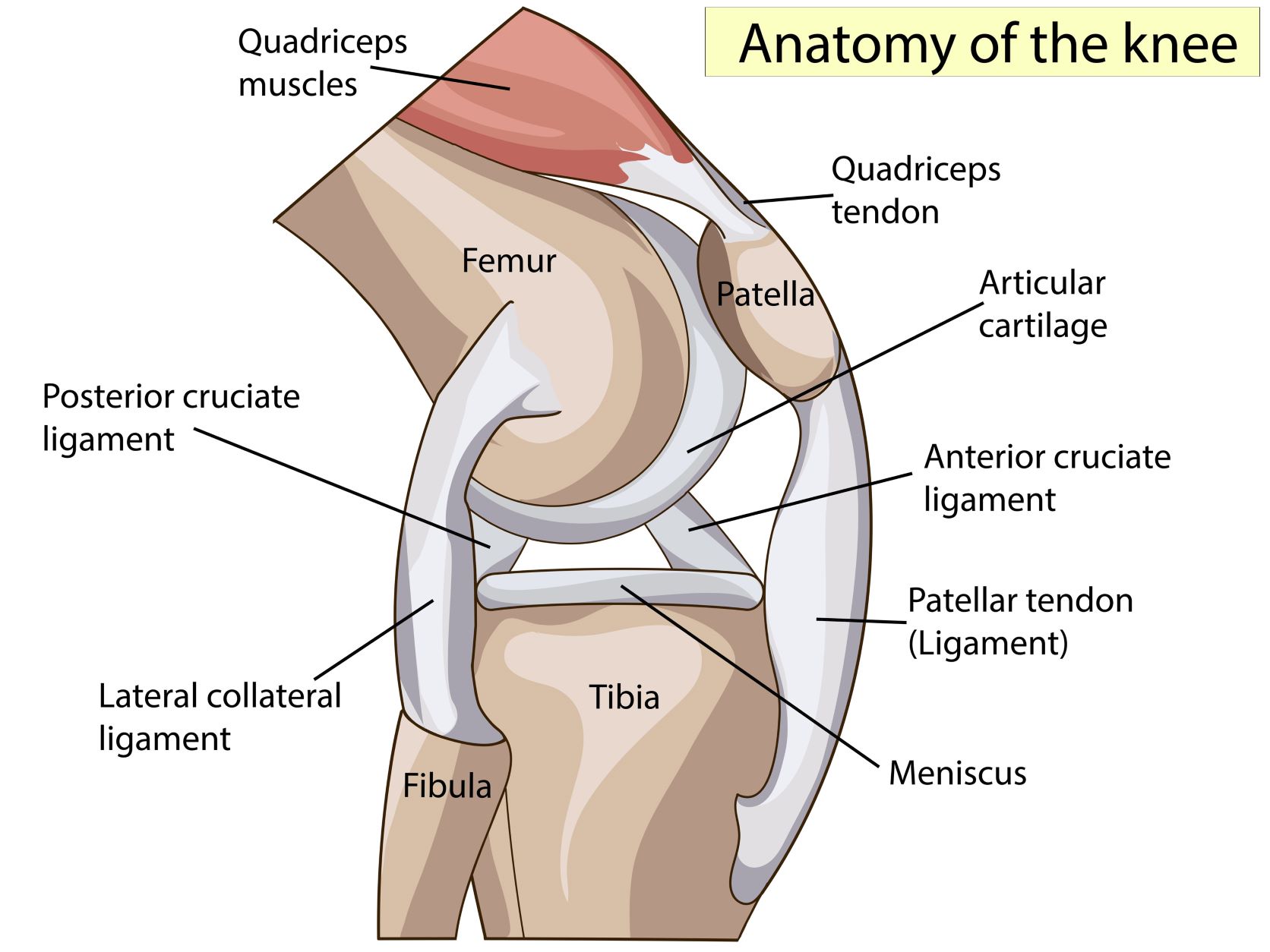
Eagle is working on the research project with Dr. William Dust (MD), a professor of orthopedic surgery in USask’s College of Medicine. The tibial plateau samples Eagle is studying were obtained from individuals undergoing total knee replacement surgeries who were willing to donate portions of their tibias for research purposes.
“Dr. Dust has been a great asset and support throughout this project,” said Eagle. “Not only has he been a physical support in the collection of these research specimens, but Dr. Dust’s biomedical knowledge and understanding of the disease processes of RA have been invaluable.”
Eagle’s research goal is to identify lesion types and patterns that will differentiate RA from other forms of arthritis, specifically osteoarthritis, so that researchers can identify RA in archaeological skeletal remains with greater confidence. A current challenge for archaeologists is that much of the diagnostic criteria for RA in archaeological skeletal remains can mimic other forms of inflammatory arthritis or other autoimmune disorders, said Eagle. As well, most modern-day RA diagnoses are made using a combination of imaging results and blood analysis, which poses another challenge in archaeological research, she said.
“Because these types of tests cannot be performed on skeletal remains, paleopathologists must rely largely on macroscopic analysis and diagnostic criteria,” said Eagle, noting there continues to be debate in the medical and archaeological communities about when RA first appeared in humans.
“Some argue that it is a New World disease, while some researchers have argued that it appeared much earlier and is, in fact, an Old World disease. There are several probable cases of RA in the archaeological record, which would suggest that RA has been around much longer and likely originated in the Old World. Without conclusive diagnoses, we are missing a large and important piece of the history of this disease.”
Eagle first became interested in RA as a teenager, when her mother was diagnosed with the condition and Eagle learned firsthand “how debilitating and life-altering this disease is.” Later, as an undergraduate archaeology student at USask, Eagle learned that there are gaps in the archaeological record in relation to RA.
“After falling in love with archaeology and, specifically, paleopathology, I was given the opportunity to bridge these two aspects of my life,” she said. “My mom’s diagnosis ignited my curiosity and need to understand this disease, which has ultimately led me here.”
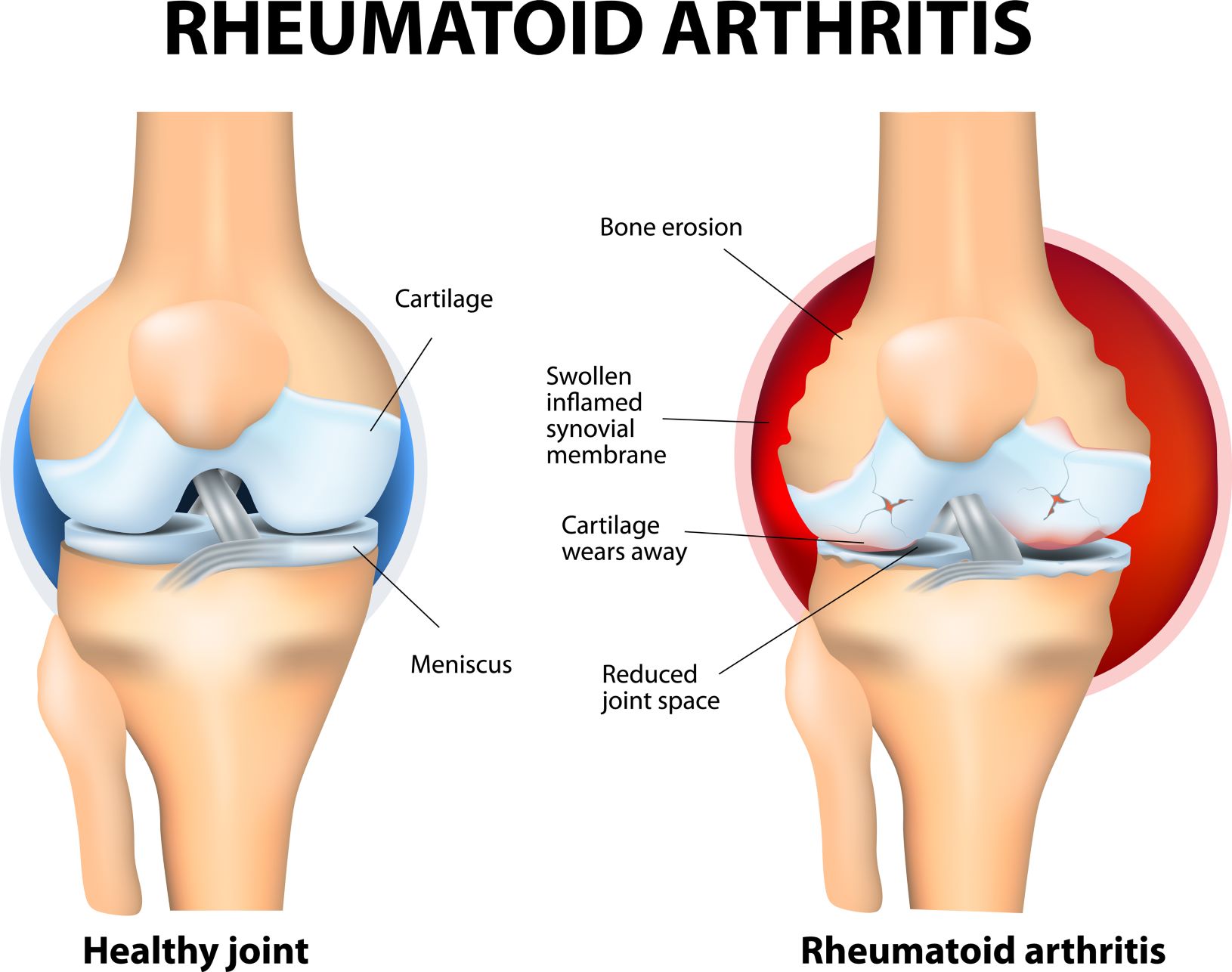
Eagle said RA is three times more common in women than in men, a modern-day reality that also may have implications for archaeological research. Because of the differences in bone densities between women and men, often RA cannot be differentially diagnosed in female skeletal remains because they do not preserve as readily as male skeletal remains, Eagle said.
“This further contributes to our lack of understanding of RA in the past, given that a large portion of the afflicted population remains less visible in most archaeological contexts,” she said.
While Eagle is still in the early stages of her research, she has so far observed macroscopic differences in the depth and severity of RA lesions versus osteoarthritis lesions. The next step in her work is to categorize and assign a numerical value to each lesion, based on severity, and then complete an analysis to see where the differences are statistically significant.
“This will help to guide our recommendations for improved diagnostic criteria for RA in archaeological populations,” Eagle said.
“As an archaeologist, (I believe) one of the best indicators of the future comes from looking at the past,” she added. “Understanding the way that this disease influenced the lives of those in the past may help us to better understand the disease in the present and future.”
